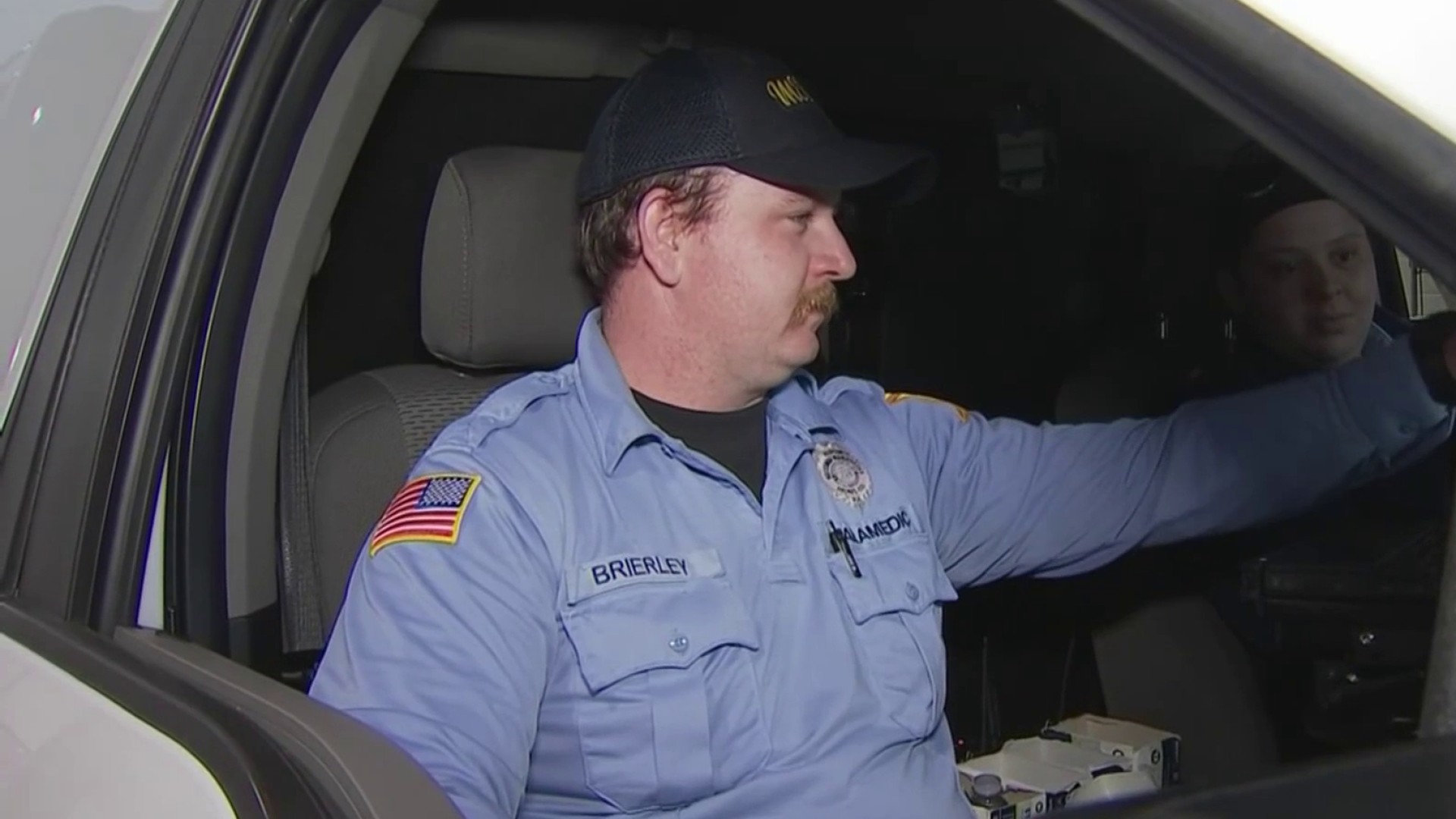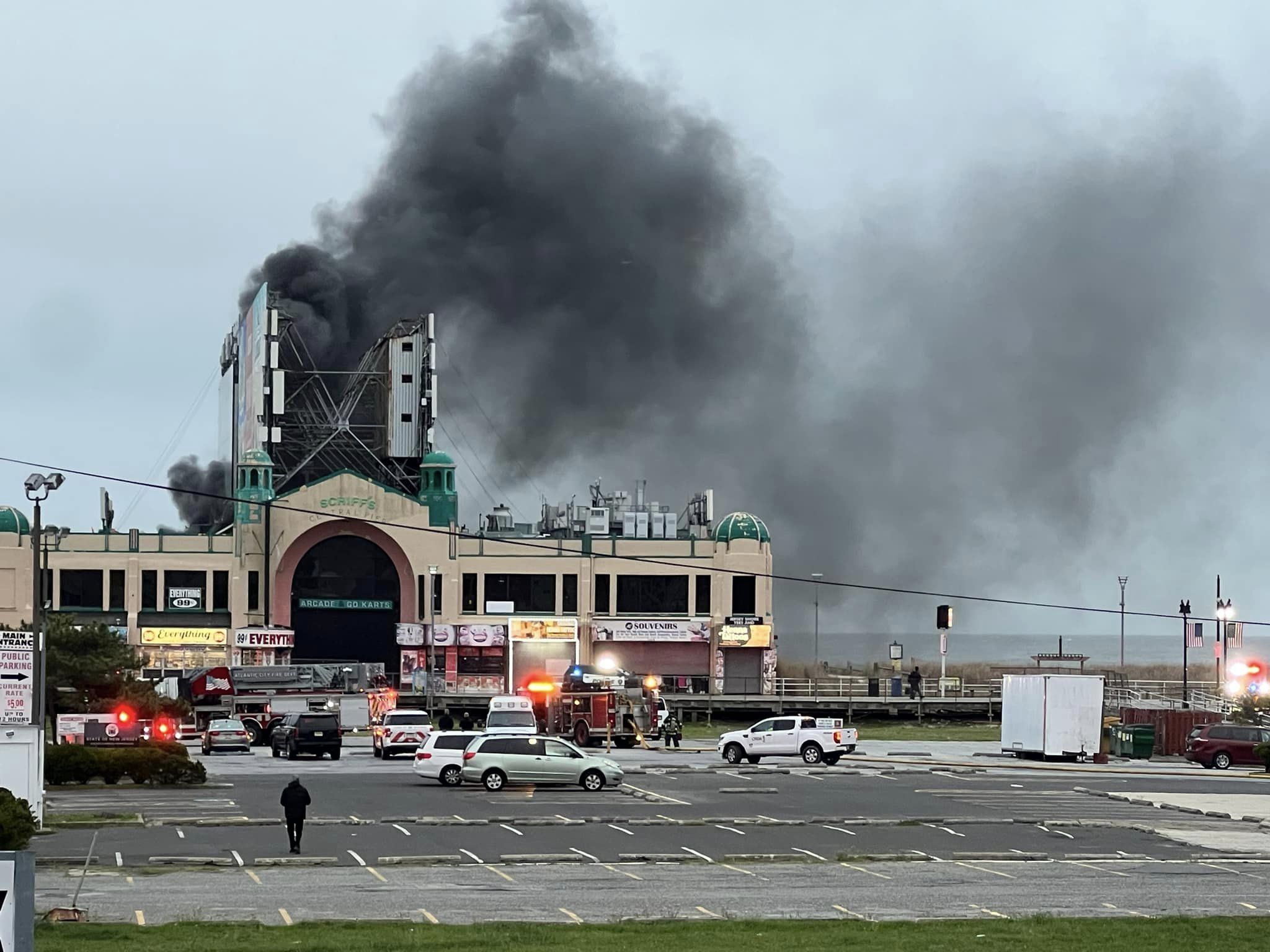An art installation on a busy corridor in West Philadelphia is asking the selfie-obsessed to rethink their willingness to share their personal image.
“We are trying to examine the difference between surveillance and sousveillance, which is self-surveillance,” said Sarah Zimmer of Create In Situ, the group that designed the project titled Proceed.
Zimmer and creative partner, Kim Brickley, placed a large television screen and four surveillance cameras in a street-facing window of the Science Center at 3711 Market Street with a sign that reads, "Free Self Portraits." Pedestrians set off motion sensors that tell the cameras to start rolling. If they stay put, a portrait, which combines the perspective each camera is simultaneously collecting, appears on the TV.
Still images are collected at ProceedPhiladelphia.com, which passers-by can visit to see their own "layered portrait" by scanning a barcode with their smartphone.
"We are also examining that people don’t want the [National Security Agency] watching them, but they are willing to put all these versions of themselves out into the world," Zimmer said.
"We are also testing people’s tolerance towards surveillance," Brickley said. "If their likeness is blurred or layered does that mean they are still being watched?"
One legal expert says the artists’ mission shines a light on a matter that should cause greater concern in the general public.

"People should be much more conscious of how private information gets distributed and much more wary of the ways in which they disclose that information," said Mark Rahdert, a professor at Temple University’s Beasley School of Law. "There is a need for greater attention in the law for protection of people’s private information from widespread data harvesting."
Local
Breaking news and the stories that matter to your neighborhood.
An idea supported by both Brickley and Zimmer.
"The real question is where the surveillance information ends up," Brickley said. "If it ends up in the wrong hands…it could be a detriment to society."
"In terms of the NSA and monitoring people, I think there has to be somebody making sure that lines aren’t crossed," Zimmer said. "Clearly we need to protect our country, but we have to protect the rights of individual citizens and know how far is too far."
Radhert warns the artists could be approaching that line with this project, but the level of distortion created by the layers will likely prevent them from facing potential litigation. Notifying the subjects with a "clear-cut opt-out opportunity" would also benefit them, he said.
Before they began the year-long process to create the piece, the creators consulted an attorney to ensure they were within the confines of the law, Brickley said.
"At the same time, we wanted to go along that border and test people's limits," she added.
Anyone who wishes to have their image removed from the collection can do so by contacting the creators through the Proceed website, Zimmer said.
Initially there was not an opt-out disclaimer posted by the piece, but Brickley said they will put their website up nearby to make the process easier.
No one has requested their image be removed so far and most people who have stopped to participate with the installation have seemed excited about it, Brickley said.
"We’ve had people making funny faces into the cameras and then we see them look down to their phone as though they might be using the [barcode]," she added.
The exhibit, which was developed in conjunction with Tommy Martinez and Craig Wohl, is available to the public at its current West Philly location through early afternoon Saturday.
At that point Zimmer and Brickley, both graduates of University of Pennsylvania’s Master of Fine Arts program, will take down the installation in preparation for its move to a gallery at the Artists’ House at 57 N. 2nd St. in the city’s Old City neighborhood.
The piece will be on display there in June.
Contact Alison Burdo at 610.668.5635, alison.burdo@nbcuni.com or follow @NewsBurd on Twitter.



